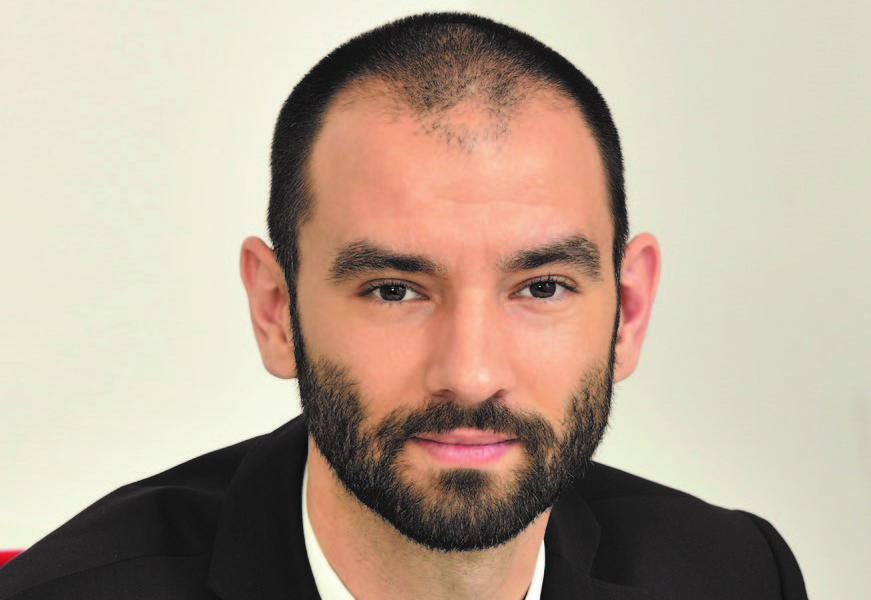In the industrial era, the fight was for finite material resources. Not anymore

Now organizations fight and develop themselves for and around their talent. In a nutshell, getting ahead in today’s business world is all about attracting and inspiring an energetic workforce. I guess the natural question that arises is the following: with so much choice and opportunity at their fingertips, why would a talented knowledge worker choose you? Your company?
The only valid (and also short) answer is : employer branding. And this includes real estate as your office becomes a key factor for attracting talents and employees retention and motivation.
Whenever anyone is happy with their employer, they will boast to others among their peers and that is exactly the king of publicity that you, a thriving company looking to establish your stronghold for the upcoming 2020 era, are looking for. Millennials (especially) look more and more at the “cultural fit” they believe to have with their employer and so make it impossible for companies to ignore the impact of culture in the overall business success.
At Colliers, we always put forward the idea that an office’s design and layout plays a central role in defining corporate culture.
Corporate culture is the DNA of employer branding.
Let’s consider the fact that, in today’s world, workplace culture is essentially creating professional and personal resonance between the organization and its people. So the challenge (should you choose to accept it) is to envision an environment that fosters your employees’ loyalty and engagement.
If we look at the corporate culture as an ecosystem that enables performance, we need to consider that each person is different and has different reasons to engage in work. However (among the top motivators ) work environment takes on an important role.
It’s really very simple: happy employees are more productive, and the office setup needs to contribute to their overall well-being, not impair it.
Traditional companies compete these days with the alluring aura of startups in terms of attracting talent, and the mindset that the extra perks ( like flexible working hours, a flexible, open and social office ) is exclusive to the latter needs to be changed.
Any company looking to develop into an employer of choice and rise to a top spot in the employee’s minds needs to look through a different lens at its people and the office space.
This endeavor should also (and definitely) be congruent with the company’s ideas and values. Unfortunately, in various studies up to 70% of employees say that management is not providing organizational culture in the office, or not enough of it.
An even higher percentage amongst millennials (up to 76%) replied “Yes” to the question “Are you considering the work space and environment when choosing a new employer?”. Young adults feel strongly that the office design influences their impression of a company (compared to only 39% of the employees ages 55+, who care less about the aesthetics of the work place).
There are more and more progressive companies who are interested in questions like “How are our employees talking about this company when they believe no one is listening?” or “Are the traditional ways of working – e.g. the 40-hour work week and the open space offices – the right tools to empower our workers, and more importantly, engage them in doing their best work?”
Each employer should look beyond chairs and desks and walls.
Space as a service
There are quite a few factors to factor in.
Natural light and adaptive temperature protocols are at the very basis and commonplace these days. Going further, social areas (going more and more towards the “hospitality industry” -e.g. hotel lounges) are the “must-haves” of the new ways of working. These enable people to interact, both among employees but also with clients, and also relax for a few minutes when rest is due.
Coffee points and lunch areas are also well regarded. Moving to functionality, the office needs to incorporate flexible working solutions (IT tools and desk placing), phone booths for private conversations, and fully equipped formal and informal meeting areas (both for client interaction and project work inside the company).
All of the above draw a very special environment in which productivity and well-being co-exist. This setup needs to be about the employees – helping them rise their energy levels, quality of work and quality of life (to all the ultra-conservatives GMs out there – no, you cannot have the former without the latter).
Speaking of energy levels, implementing standing desks and a floor plan that facilitates movement will showcase how moving away from the standard sedentary office completely changes the “office vibe”.
Rethink the workplace as a human experience enabler
We need to realize that humans were never meant to be boxed in, so we need to rethink the workplace as a human experience enabler, not detractor.
Location is ever more essential. Get it right, and people will stick around despite ( in some cases) better offers from the competition. Get it wrong and your HR department will have their work cut out for them.
When visitors experience this setup, they will soon become ambassadors for the culture of the company.
People-centric workplaces need to (and will) become the future of engagement- driven companies.
Resistance is futile. You can only chose if you want to be among the innovators or the laggards.
Author: George Didoiu, Director Tenant Services, Colliers International















